Ball pythons, scientifically known as Python regius, are one of the most popular reptile pets worldwide, beloved for their docile nature and manageable size. Native to West and Central Africa, these fascinating snakes have become fixtures in the homes of reptile enthusiasts across the globe. If you’re considering bringing a ball python into your family or already have one, understanding their lifespan and how to maximize their years is essential for responsible ownership. In the wild, ball pythons face numerous threats, including predators and environmental challenges, but in captivity, with proper care, they can live significantly longer lives. This comprehensive guide explores how long ball pythons typically live and provides detailed insights into extending their lifespan through optimal husbandry practices.
The Natural Lifespan of Ball Pythons
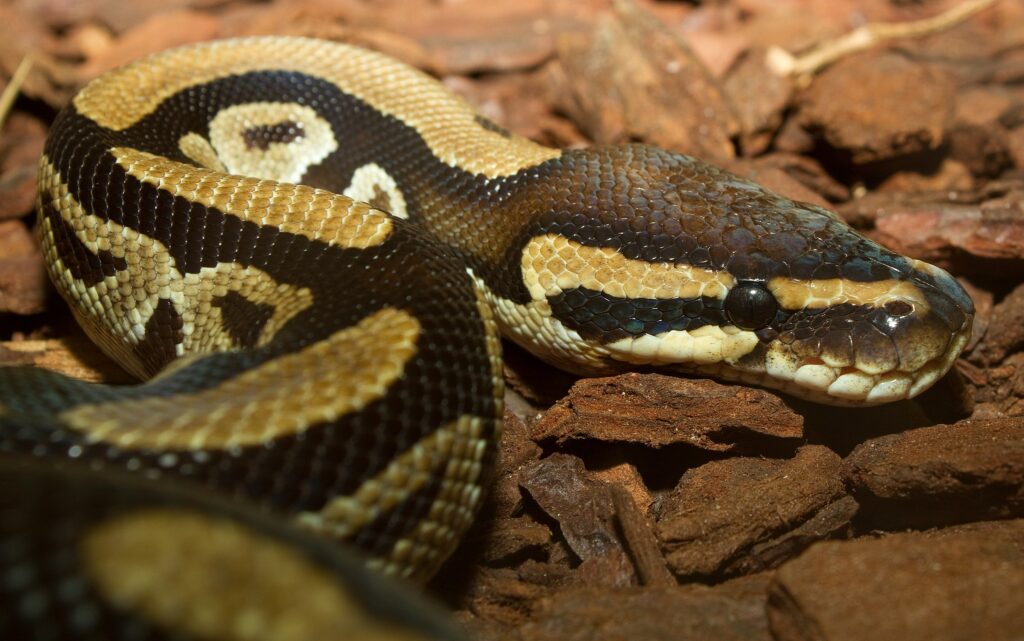
In their natural habitat across West and Central Africa, ball pythons typically live between 10 to 15 years. This relatively shorter lifespan in the wild is attributed to various factors including predation, disease, parasites, and environmental stressors. Wild ball pythons must constantly navigate threats from predators such as birds of prey, mammals, and larger reptiles, particularly when they’re young and more vulnerable. They also face challenges from habitat destruction, hunting by humans for meat and leather, and unpredictable food availability. Weather extremes and seasonal variations in their natural environment can further impact their health and longevity, creating a stark contrast to the controlled conditions possible in captivity.
Captive Lifespan Expectations
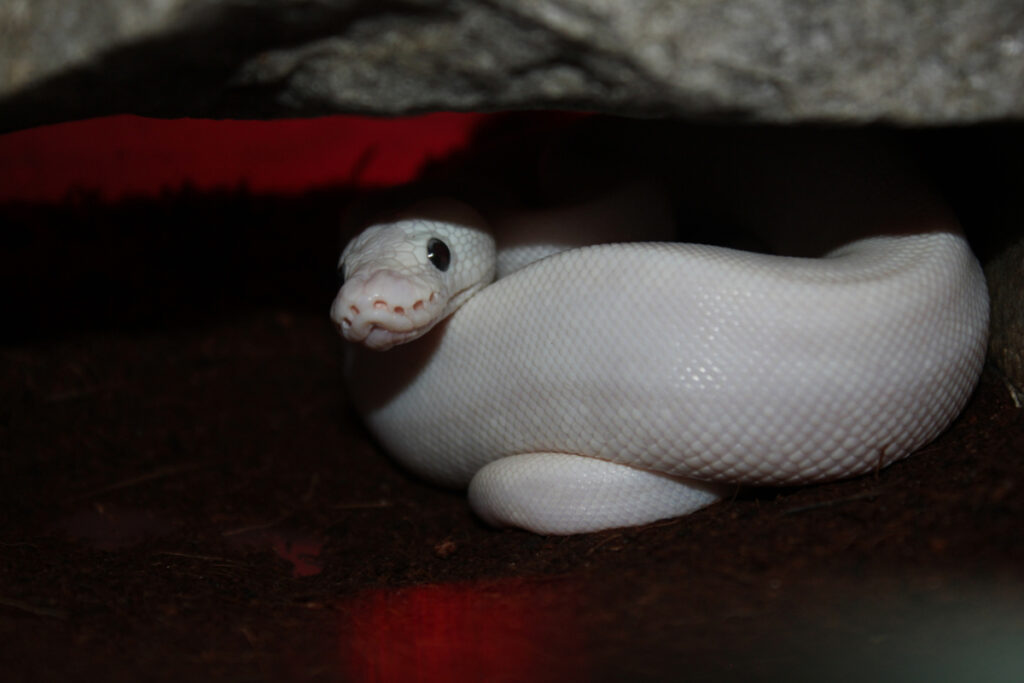
The lifespan of captive ball pythons significantly exceeds that of their wild counterparts, with properly cared for specimens regularly living 20 to 30 years, and some exceptional individuals reaching 40+ years. This dramatic increase in longevity is primarily due to the elimination of predatory threats and the consistent provision of optimal environmental conditions. Captive ball pythons benefit from regular feeding schedules, preventing the feast-or-famine cycles common in the wild that can stress their systems. They also receive preventative veterinary care that addresses health issues before they become life-threatening. The controlled environment in captivity minimizes exposure to parasites and pathogens that would otherwise compromise their immune systems and overall health in the wild.
Factors Affecting Ball Python Longevity
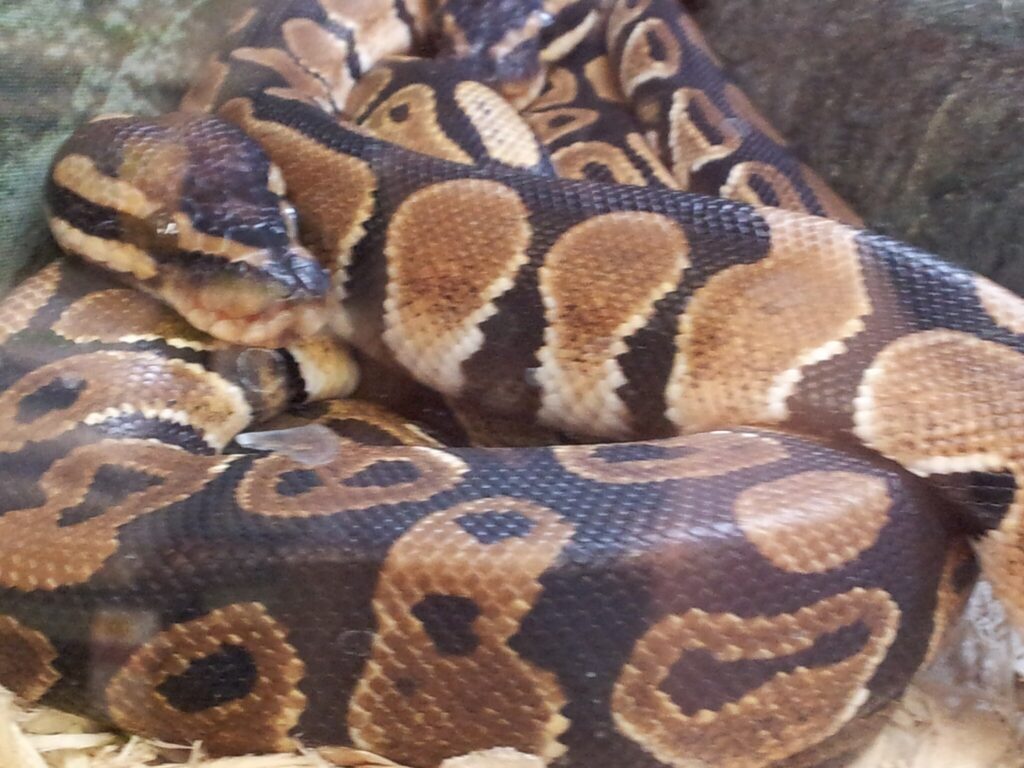
Several key factors influence how long a ball python will live in captivity, with genetics playing a fundamental role in establishing their baseline health and potential lifespan. Husbandry practices, including temperature regulation, humidity control, and enclosure cleanliness, directly impact a ball python’s daily stress levels and immune function. Diet quality and feeding schedule appropriateness for the snake’s age and size can prevent obesity or malnutrition, both of which can significantly shorten lifespan. Stress from improper handling, overcrowding, or exposure to loud noises and vibrations can suppress immune function and lead to decreased appetite or illness. Additionally, access to veterinary care from an experienced reptile veterinarian for regular check-ups and prompt treatment of health issues is crucial for maximizing a ball python’s years.
Optimal Enclosure Setup
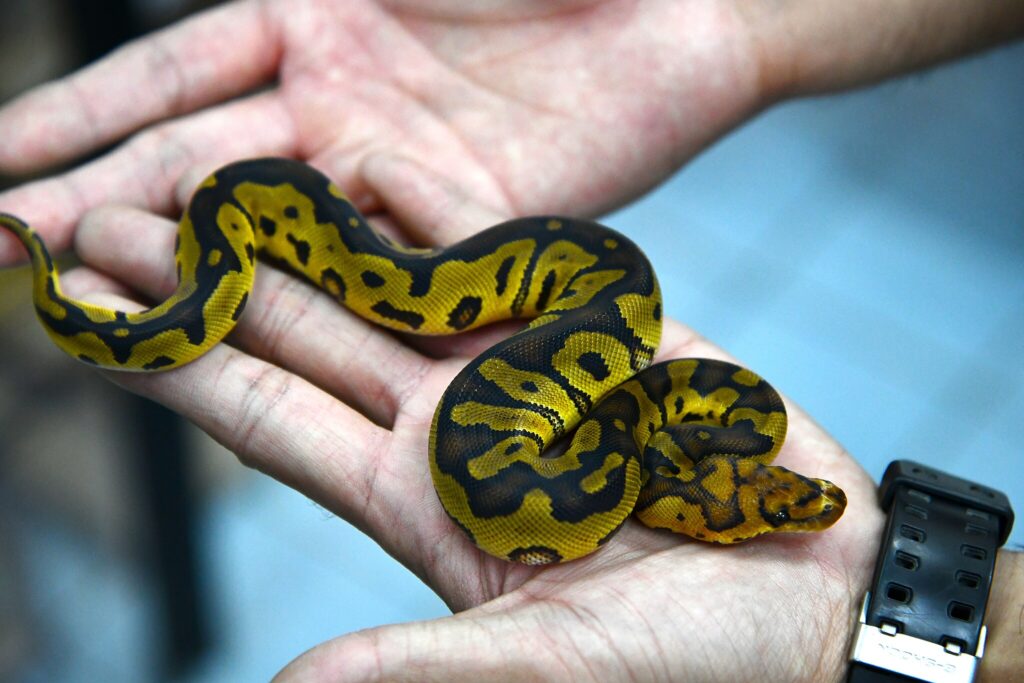
Creating the perfect habitat is fundamental to a ball python’s health and longevity, starting with an appropriately sized enclosure that allows for movement while providing security. For adult ball pythons, a minimum enclosure size of 40 gallons (or approximately 36″x18″x18″) provides adequate space without creating excess open area that might stress these naturally shy snakes. The enclosure should include multiple hides—at least one on the warm side and one on the cool side—allowing the snake to thermoregulate while feeling secure. Substrate choices such as cypress mulch, coconut fiber, or reptile-specific bedding that holds humidity without promoting bacterial growth are ideal. Proper ventilation is critical for preventing respiratory infections while maintaining appropriate humidity levels, requiring a balance that many keepers achieve through strategic ventilation placement and regular monitoring.
Temperature and Humidity Requirements

Maintaining precise temperature gradients and humidity levels is perhaps the most critical aspect of ball python care that directly impacts their lifespan. The enclosure should feature a warm side between 88-92°F (31-33°C) and a cooler side around 78-80°F (25-27°C), allowing the snake to thermoregulate by moving between temperature zones. A dedicated hot spot of approximately 95°F (35°C) for digestion is essential, typically provided by an under-tank heater controlled by a thermostat to prevent dangerous temperature fluctuations. Humidity should be maintained between 50-60% generally, increasing to 60-70% during shedding periods to ensure complete, healthy sheds. Improper humidity levels can lead to respiratory infections (if too high) or difficult sheds resulting in retained eye caps or tail tips (if too low), both of which can create compounding health issues that reduce lifespan.
Nutrition and Feeding Practices
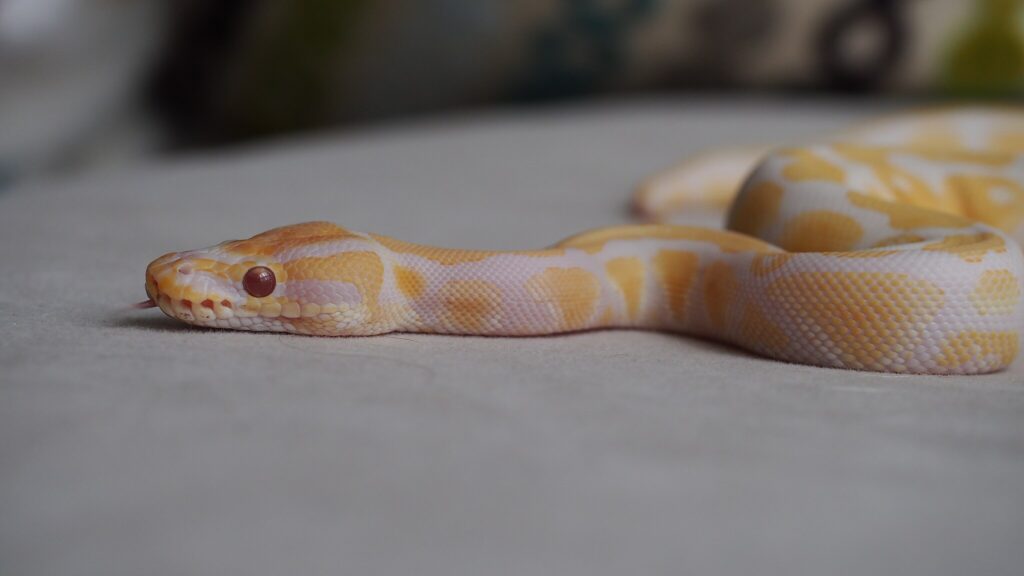
A proper diet is foundational to a ball python’s health and can significantly impact their longevity when managed correctly. Ball pythons primarily eat rodents, with appropriately sized prey being a key consideration—the meal should create a noticeable bulge in the snake’s body but not be so large that it causes distress or regurgitation. Young ball pythons typically require feeding every 5-7 days, while adults can transition to every 7-14 days as their growth rate slows. Overfeeding is a common issue that leads to obesity in captive ball pythons, placing strain on their organs and potentially shortening their lifespan significantly. The quality of feeders is equally important, with properly sourced, nutritionally complete prey items preferred over those that might have been exposed to parasites or harmful chemicals.
Hydration and Water Quality
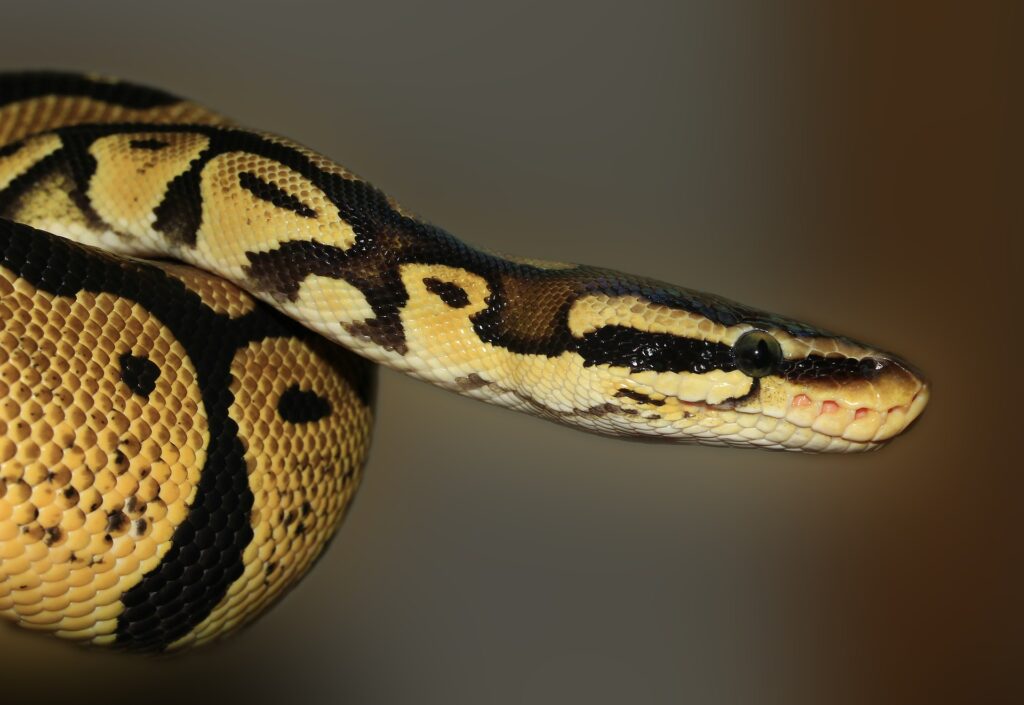
Access to clean, fresh water is non-negotiable for ball python health and contributes significantly to their potential lifespan. A water bowl large enough for the snake to soak in should always be available, particularly during shedding when additional hydration is necessary for a successful shed. The water should be changed daily or whenever soiled, as ball pythons often defecate in their water, which can quickly lead to bacterial growth. Many keepers use dechlorinated water to avoid potential irritation to the snake’s sensitive skin and mucous membranes from tap water chemicals. Proper hydration supports kidney function, aids in digestion, and helps maintain healthy skin condition, all factors that contribute to a longer, healthier life for the snake.
Health Monitoring and Disease Prevention
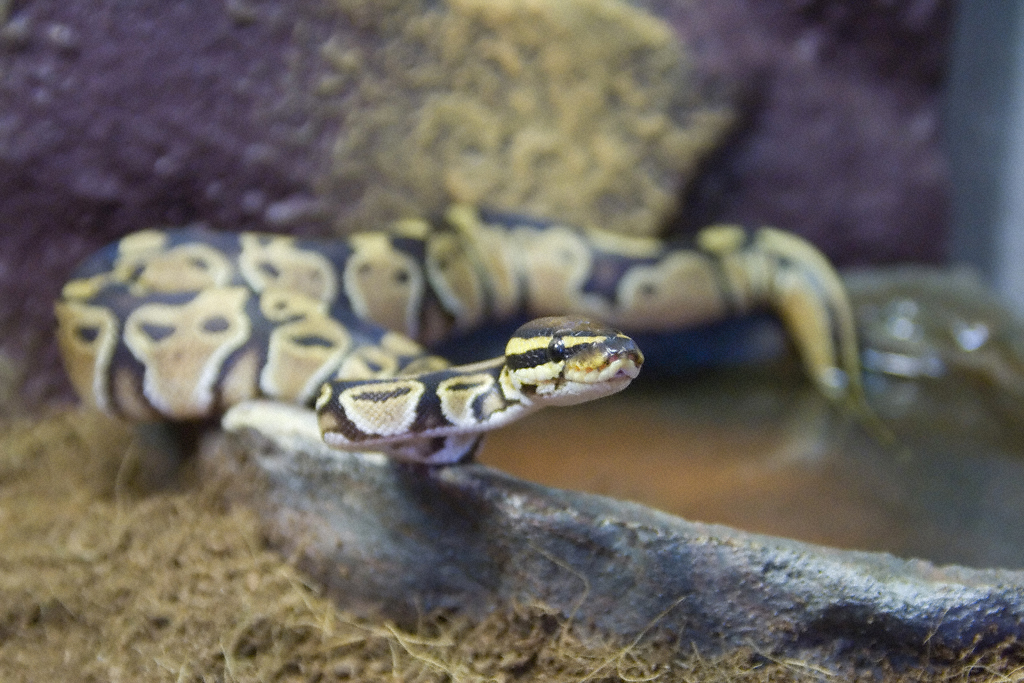
Regular health monitoring is essential for catching and addressing potential issues before they become serious threats to your ball python’s longevity. Establish a routine of visual inspections for any abnormalities such as retained shed, mouth rot (infectious stomatitis), respiratory difficulties, or unusual behavior like excessive soaking or avoiding warm areas. Weight tracking on a monthly basis can help identify trends that might indicate health problems, with unexplained weight loss being particularly concerning. Quarantine any new reptiles for at least 90 days before introducing them to the same room as your ball python to prevent potential disease transmission. Implementing a cleaning schedule for the enclosure, with spot cleaning as needed and full substrate changes monthly, significantly reduces the risk of bacterial or fungal infections that could compromise your snake’s health.
Veterinary Care and Check-ups

Finding a veterinarian with specific reptile experience is crucial for proper ball python healthcare and can add years to your pet’s life. Establish a relationship with a reptile veterinarian before emergencies arise, ideally scheduling an initial check-up when you first acquire your ball python to establish baseline health. Annual wellness examinations are recommended for all ball pythons, with more frequent visits for juveniles or seniors, typically including physical examinations, weight checks, and sometimes fecal parasite screening. Be particularly attentive to signs that warrant immediate veterinary attention, including regurgitation, prolonged lack of appetite, abnormal breathing sounds or postures, discharge from mouth or nostrils, or abnormal feces. Early intervention for health issues almost always leads to better outcomes and prevents the cascade of complications that can shorten your ball python’s life.
Stress Reduction Techniques
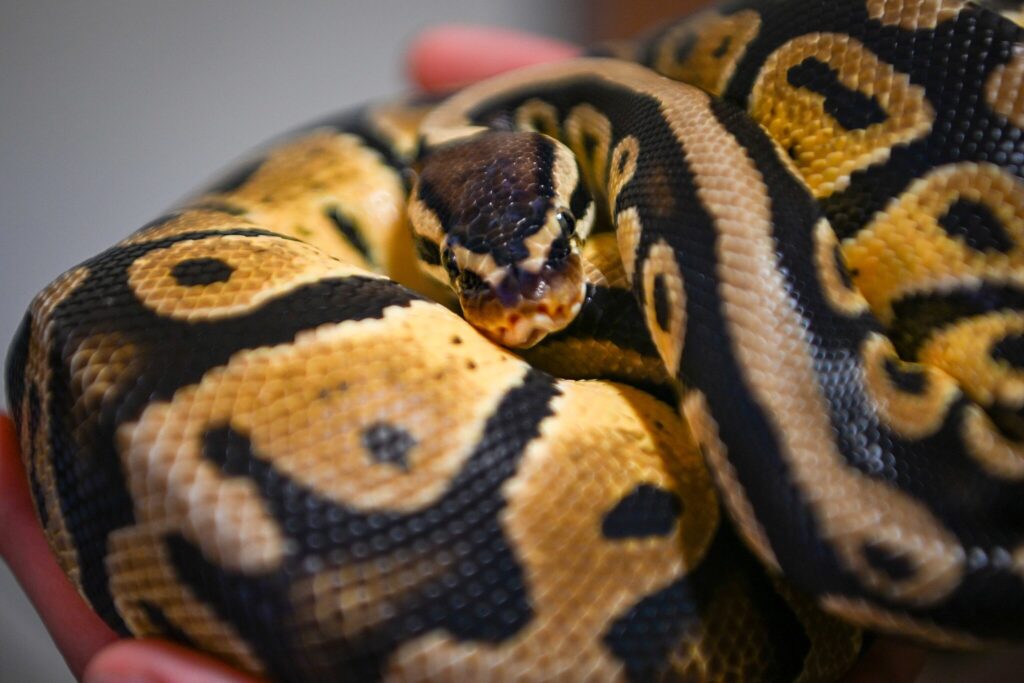
Chronic stress significantly impacts ball python health and can substantially reduce their lifespan if not properly managed. These naturally shy and reclusive snakes benefit from enclosures that provide ample hiding opportunities, with multiple snug hides that contact the snake’s body on multiple sides creating a sense of security. Minimize unnecessary handling, particularly during the first few weeks after acquisition, during shedding cycles, and for 48 hours after feeding to prevent regurgitation. Place the enclosure in a relatively quiet location away from high traffic areas, loud televisions, or speakers that produce vibrations that snakes are particularly sensitive to. Maintain a consistent routine for feeding, cleaning, and handling to help your ball python develop confidence in its environment, as unpredictability is a significant stressor for these creatures of habit.
Breeding Considerations and Lifespan
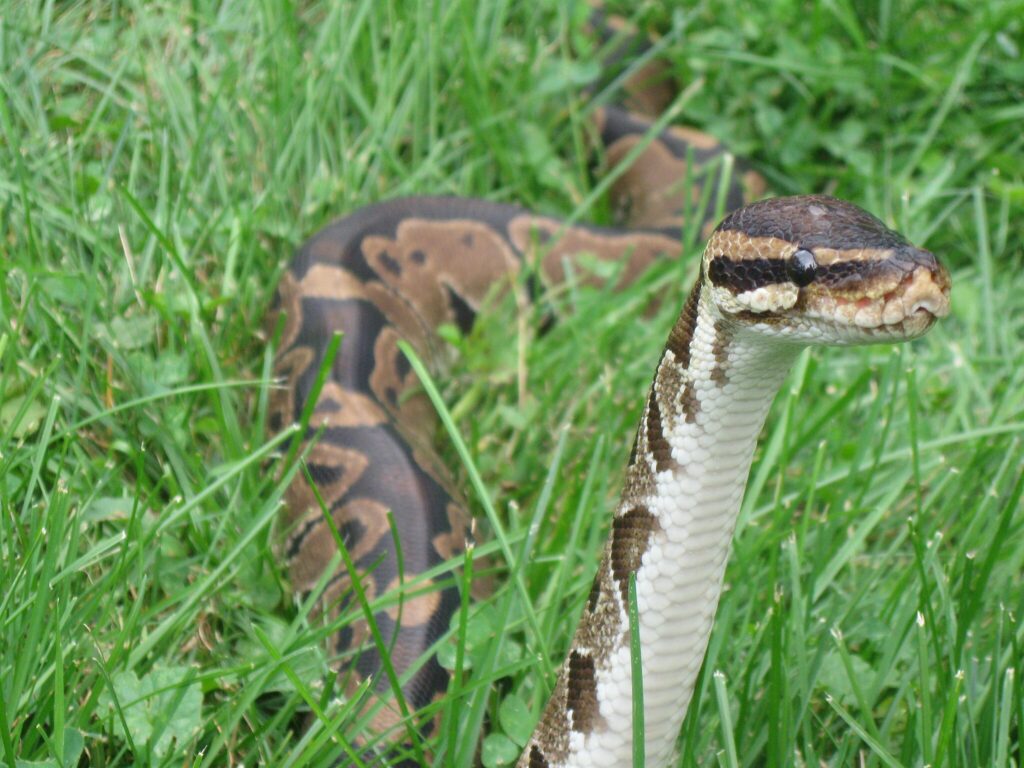
Breeding activities can significantly impact a ball python’s lifespan, with females particularly affected by the physiological demands of egg production. Female ball pythons used for breeding typically experience shortened lifespans compared to those never bred, due to the considerable energy expenditure and calcium depletion associated with egg development. Responsible breeders implement strict protocols to minimize these impacts, including limiting breeding frequency to once every 1-2 years, providing calcium supplementation during the breeding season, and ensuring females reach appropriate size and age (typically 3+ years and at least 1500 grams) before first breeding attempts. Males generally experience less physical strain from breeding activities but can still suffer from stress-related health impacts if exposed to excessive breeding attempts or housed with incompatible females.
Genetic Factors and Morph Considerations

The explosion of ball python morphs in the pet trade has introduced genetic factors that can influence lifespan, with some genetic mutations associated with health challenges. “Spider” morphs are widely recognized for their neurological issues (commonly called “wobble syndrome”), which can impact quality of life and potentially lifespan by affecting feeding ability and causing chronic stress. Other problematic genetic combinations include “Super” forms of certain morphs like Super Cinnamon or Super Black Pastel (collectively known as “Black Eyed Leucistics”), which can have developmental issues including “kinking” of the spine or “duck billing” of the skull. Some genetic combinations produce “lethal” traits when homozygous, resulting in embryonic death or severe deformities, highlighting the importance of understanding genetic backgrounds when selecting a ball python with maximum lifespan potential. Responsible breeders are increasingly transparent about these issues and many are working to breed away from problematic traits while maintaining the visual appeal of certain morphs.
Record-Breaking Ball Python Lifespans

While the average well-cared-for ball python can be expected to live 20-30 years in captivity, some remarkable individuals have far exceeded these norms, offering insight into their true longevity potential. The oldest documented ball python lived approximately 47 years in captivity at the Philadelphia Zoo, receiving consistent, professional care throughout its life. Another notable case involves a ball python in private keeping that reportedly reached 45 years of age while maintaining good health and activity levels into its final years. These exceptional cases typically involve snakes that received meticulous husbandry, optimal nutrition without overfeeding, minimal breeding stress (particularly for females), and prompt veterinary intervention for any health concerns. Studying these record-holders suggests that with advances in reptile husbandry knowledge and veterinary care, today’s ball python owners might reasonably aspire to four decades or more with their pets if all aspects of their care are optimized.
Creating a Lifelong Care Plan
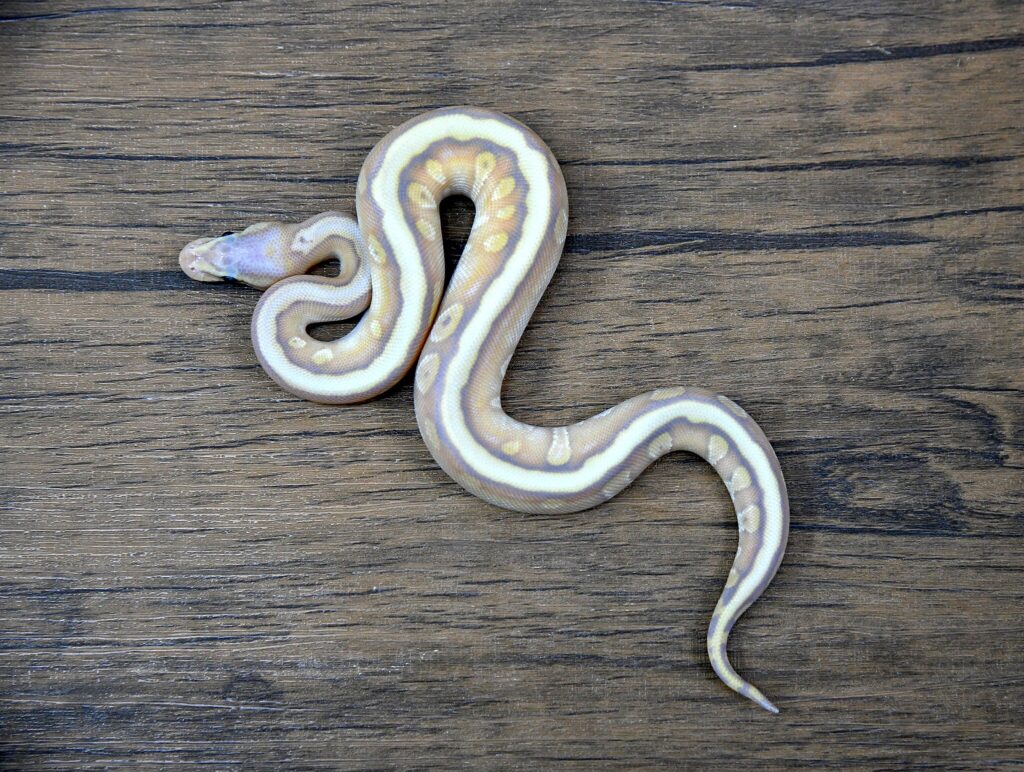
The potential three to four-decade commitment of ball python ownership requires thoughtful long-term planning to ensure consistent care throughout the animal’s life. Create a detailed care manual specific to your snake, including feeding records, weight tracking, shedding dates, and any health concerns or treatments to assist anyone who might need to care for your snake in your absence. Establish a relationship with at least one trusted person who can provide emergency or vacation care and is familiar with your specific protocols. Consider the financial aspects of long-term reptile keeping, including regular expenses like electricity for heating, food costs, substrate replacements, and occasional veterinary care, setting aside an emergency fund specifically for unexpected health issues. Finally, due to their longevity, include provisions for your ball python in your will or establish formal arrangements with willing caregivers who can commit to maintaining your standards of care should you be unable to continue providing for your snake.
Ball pythons are exceptional reptilian companions capable of sharing our lives for decades when provided with optimal care. Their potential to live 20-30 years or more in captivity represents both a remarkable commitment and an opportunity to develop a deep connection with these fascinating creatures. By maintaining proper environmental conditions, providing appropriate nutrition without overfeeding, minimizing stress, and ensuring prompt veterinary care when needed, owners can help their ball pythons approach their maximum lifespan potential. Remember that each aspect of care—from enclosure setup to handling protocols—contributes to your snake’s overall wellbeing and longevity. With thoughtful attention to these details, your ball python can thrive well into its third or even fourth decade, making these gentle constrictors truly lifetime companions for many devoted keepers.

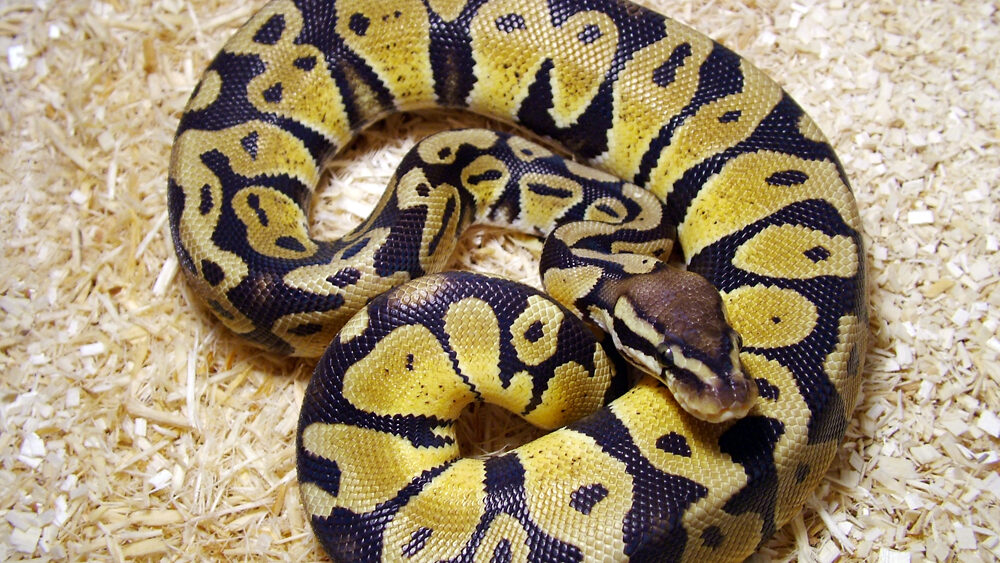
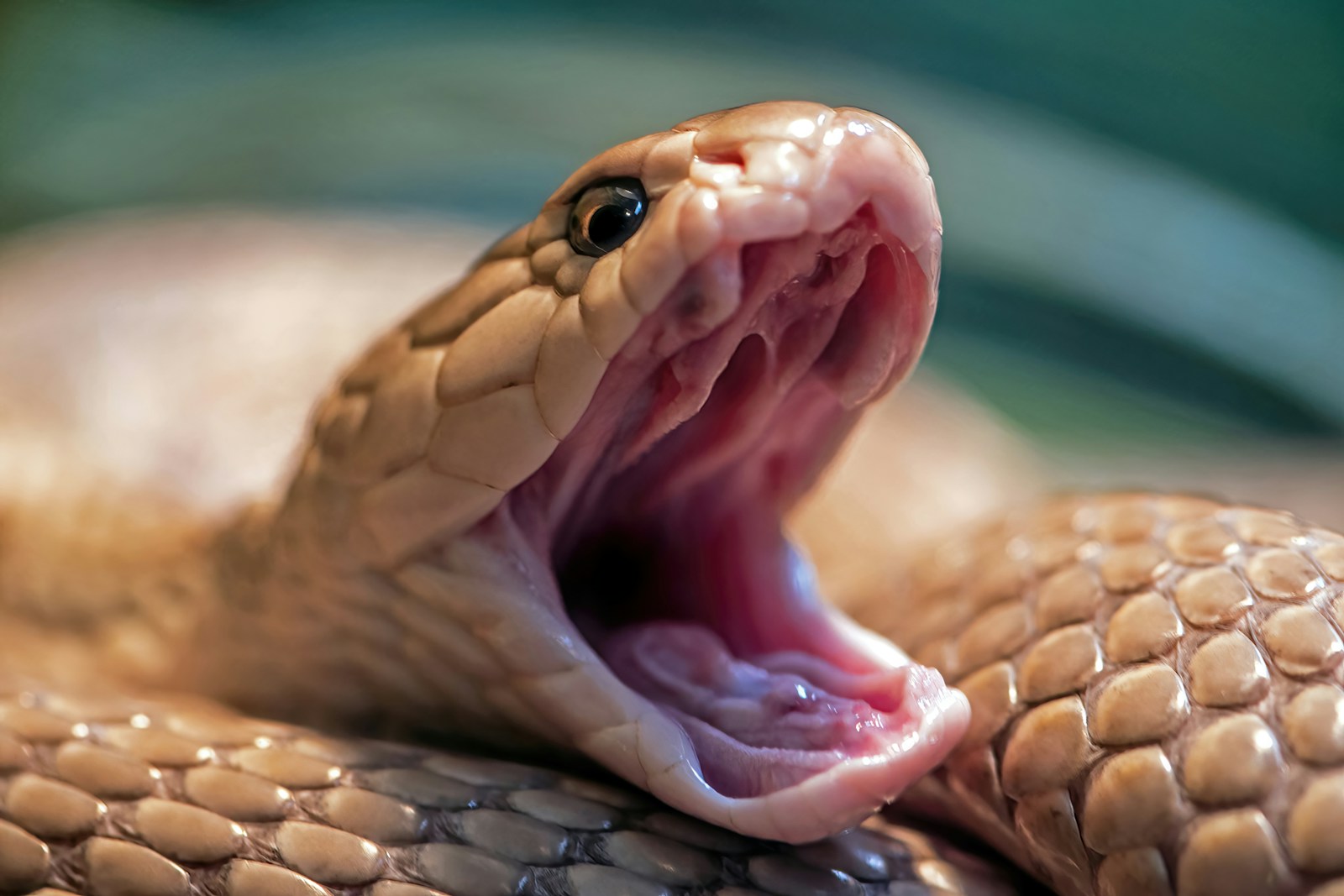



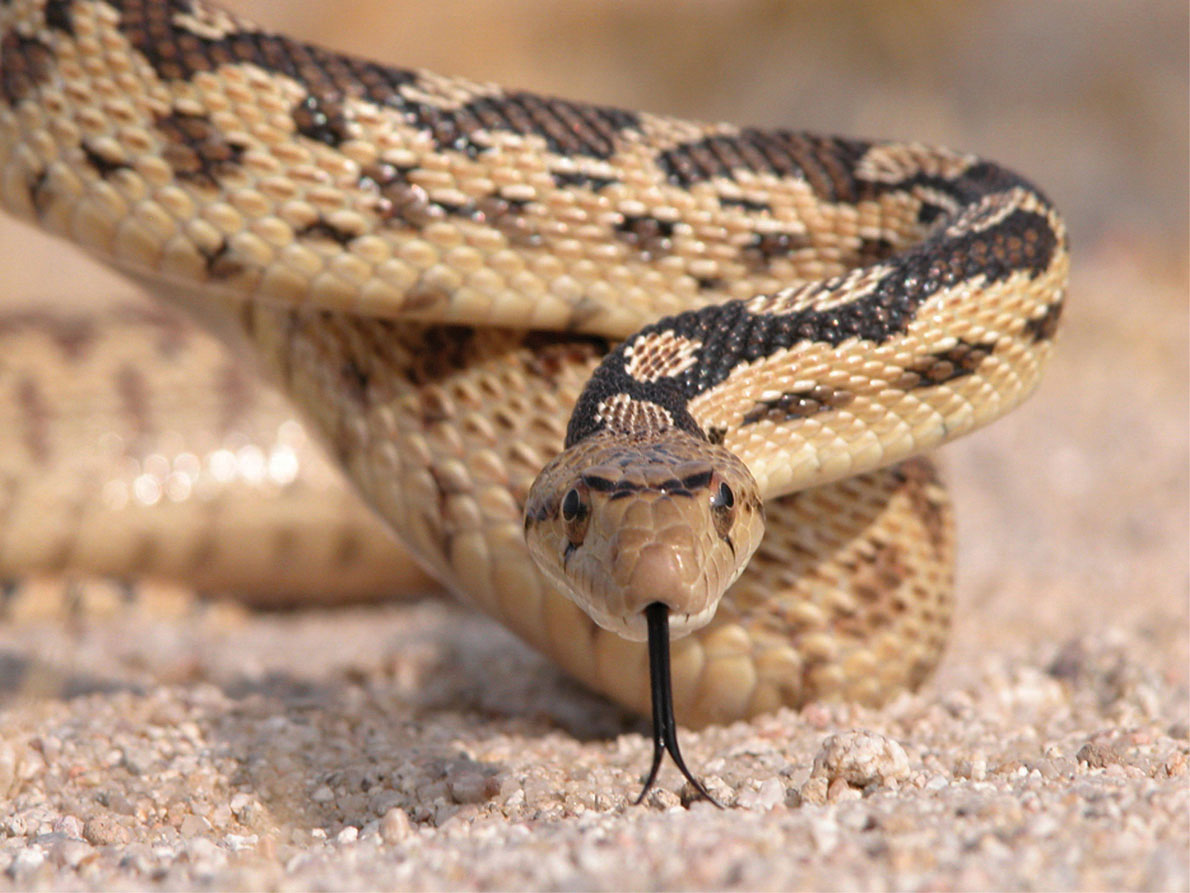


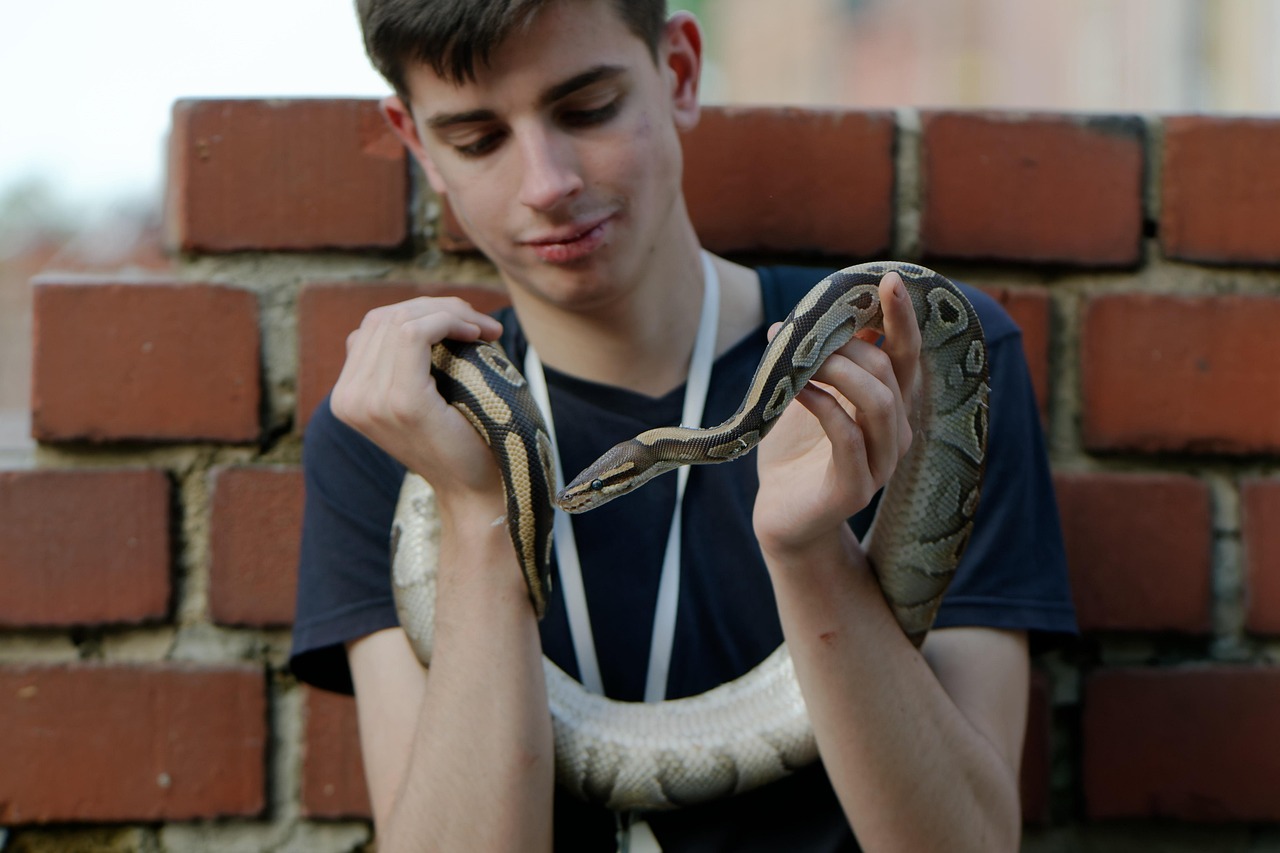
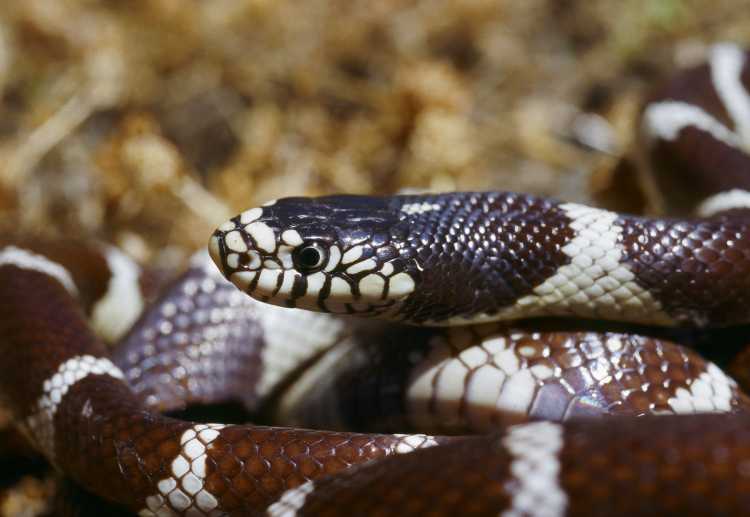
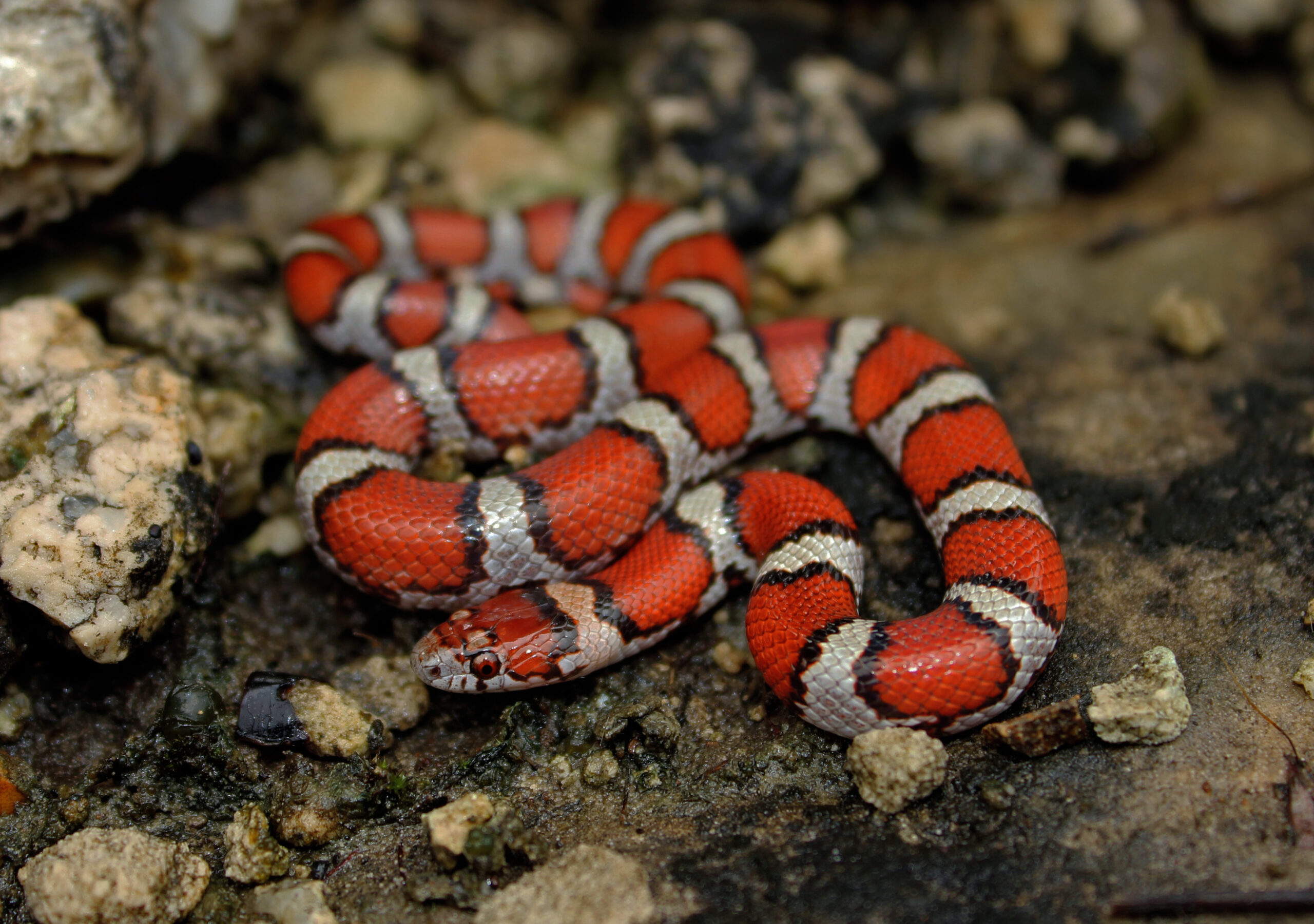




Leave a Reply